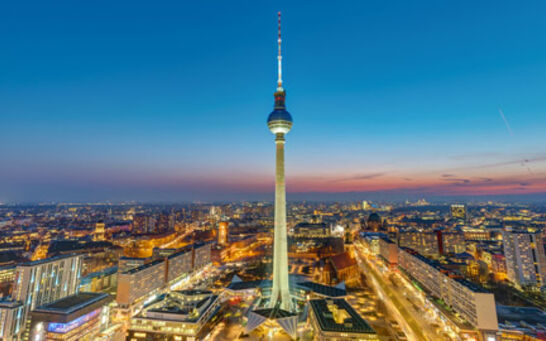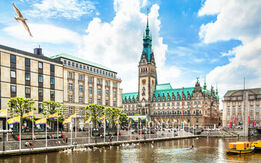Advertising
The 5 largest gold mines in the world – and why recycling is the future
Gold facts & figures Arnulf Hinkel, Finanzjournalist – 03.02.2023
Xetra-Gold Hotline

Do you have questions? We have the answers. Contact us here: 9 a.m.–6 p.m. CET
xetra-gold(at)deutsche-boerse.com
For press inquiries: media-relations(at)deutsche-boerse.com




